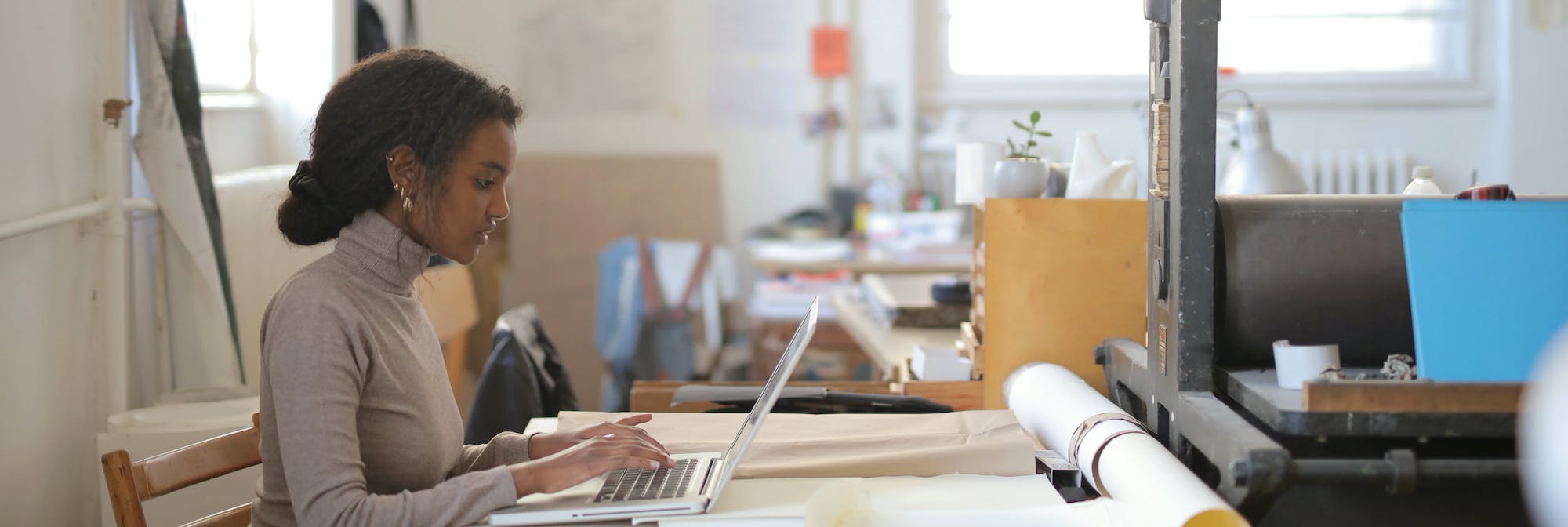Do you want to be able to identify potential problem areas before you invest all of your resources in a full market research strategy? A pilot test is critical for market research technology because it can save you time and money before you ever conduct a full test.
But how is pilot testing in market research conducted? Learn more about how pilot tests can save time and money before you launch a full-scale trial or research project.
What Is a Pilot Test?
A pilot test is a preliminary investigation to “test the feasibility of methods and procedures for later use on a large scale or to search for possible effects and associations that may be worth following up.”
Specific definitions vary by industry. Epidemiology and statistics emphasize data and similar that needed for pilot testing in market research.
How to Conduct a Pilot Test
There are few steps in pilot testing. They do not vary from trial to trial, primarily to minimize deviations in data analysis. The following are things you should know when learning how to conduct a pilot test for the first time.
General Tips
A pilot test is typically broken down into two phases. Prior to conducting these phases, you need to understand a few key features of a well-executed trial:
- Test subjects must qualify as candidates for a primary test
- Pilot testers are not participants in the primary test
- The test should be divided into logical and temporal sections
- Examine sections performed too easily
- Allow time between the pilot and primary test
- Minimize pilot tester knowledge to avoid study biases
These general tips are crucial to conducting pilot testing in market research. A well-conducted trial should involve a thorough review of participants, goals of the main test, tools used, and tasks performed. It should also include phases to verify the integrity of the test.
Phase 1
The initial phase of a pilot test should include a list of potential questions. These questions are crucial during a review of the research design plan. The questions serve as tests of clarity, bias removal, and coherence.
Most potential questions are removed after a thorough review. This elimination process ensures that participants in the trial will provide more accurate, useful data.
Phase 2
The secondary phase of the pilot test executes the approved questions. It tests those queries selected for their clarity of instruction. Any confusion on the participants’ behalf could skew the pilot test data.
Tasks and questions answered and performed by participants are also tested in this phase. This is to validate the workflow of the actual research being conducted.
Finally, this phase evaluates the time taken by participants to perform the desired tasks and or answer questions.
You’re Ready to Design Your First Pilot Test
Now that you understand the basic ins and outs of conducting a pilot test, you’re equipped to start drafting research questions. Make sure you allow yourself ample time to prepare questions that truly answer the goals of your primary research projects.
For agile market research solutions across a wide variety of industries, consult Fuel Cycle. Don’t hesitate to check out our services today and see how we can help you craft the best market research projects possible.







